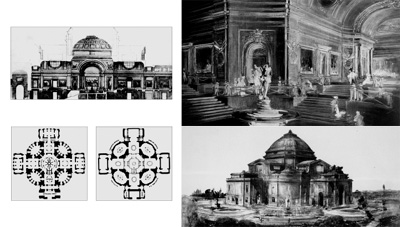| Previous | Next
"You in Canada . . . cannot realize at all what war is like. You must see it and live it. You must see the barren deserts war has made of once fertile country . . . see the turned up graves, see the dead on the field, freakishly mutilated — headless, legless, stomachless, a perfect body and a passive face and a broken empty skull — see your own countrymen, unidentified, thrown into a cart, their coats thrown over them, boys digging a grave in a land of yellow slimy mud and green pools of water under a weeping sky. You must have heard the screeching shells and have the shrapnel fall around you, whistling by you — seen the results of it, seen scores of
horses, bits of horses lying around in the open — in the street and soldiers marching by these scenes as if they never knew of their presence — until you’ve lived this . . . you cannot know."
— Fred Varley, Canadian First World War artist
Most Canadians felt justifiably proud of the country’s achievements in the struggle. The loss of life, however, was a harsh burden to bear. Ceremonies and memorials helped. Buried in Canadian cemeteries in Europe, the dead are remembered at home on church plaques, village and town memorials, and during Remembrance Day services on November 11.
"When our arms were finally victorious, it was difficult not to dwell with remorse upon the price of victory."
— Lieutenant Colonel Raymond Collishaw, fighter pilot and Canadian ace
A copy of the peace treaty signed at Versailles, France, on June 28, 1919. This was the first time Canada had signed such an important document as a distinct state.
In 1918, Lord Beaverbrook commissioned a design for a Canadian war memorial art gallery in Ottawa. A rival proposal suggested that the war art be housed in a new national gallery. Neither was ever built. The war art was exhibited in 1919, 1920, 1923 and 1924, then placed in storage, with the exception of a few works.

Lord Beaverbrook’s plans for a Canadian war memorial art gallery. The proposed site was Nepean Point in Ottawa, where the National Gallery of Canada now stands.
Previous | Next |